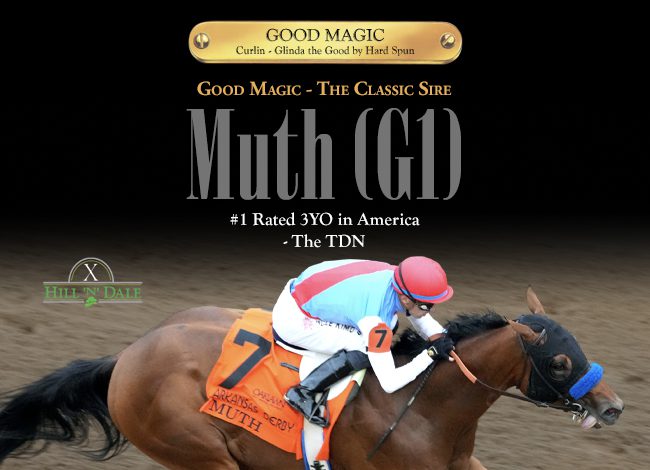Chris McGrath's Value Sires series in the TDN has frequently touched on the difficulty in selling nominations to stallions in their third-year at stud, as well as to solid, established stallions standing for a moderate fee. We asked stallion managers and nominations teams as well as bloodstock agents what changes could be made, if any, to help the situation.
I think that the problem is as a result of influence-breeding for sales in the thoroughbred industry.
The majority of people who are breeding to sub-$20,000 stallions have mares valued around $10,000-$15,000. If you are breeding to sell and hope to be in Book 3 or 4, you need to be breeding to a first-year sire because pinhookers won't look at your horse and racehorse guys want to see more of them run. Otherwise you end up in Book 5 or 6 and the market just plummets.
It is exacerbated, as you could see in Keeneland November last year, by the huge numbers of mares in that range that Turkish/Saudi etc. interests are buying every year now. That furthers reduction in numbers and also the gulf between the top-end horses and the bottom.
Many more will not agree with this, but you don't see this problem with farms who cap their stallions' book and don't fluctuate the stud fee for the first four years.
The large stud books have killed the middle market in this industry. Stud fees across the board are too high, actually, in my opinion. People may think by paying $100,000 to $200,000 in stud fees entitles you to get $300,000-$500,000 for a yearling, but that's not the case. The hoops yearlings have to jump through these days are just beyond ridiculous and the costs keep rising be it veterinary, labor, etc.
As Mr. Toothaker just said, Cross Traffic bred 190 mares at $25,000. That comes to $4,750,000 for a year's work. That's a far cry from the year before, where you could have probably bred to him for $5,000 and they were begging for mares. And Cross Traffic's story brings up another problem; even when you have a horse do well, such as him, when you have sires with Grade I winners in their first crops exported and sold away. Think of the poor souls (we were one) who bred to some of them on inflated stud fees who just got pummeled in the sales ring. Why would you blame the commercial breeder for going the route they do, even if it's a mediocre race horse but he's a first-year sire. It is also why I think Constitution is such a good stallion to hit this year and so many small breeders finally cashed a big ticket.
Bottom line is as a manager of a small farm, the margins are growing ever tighter. I think unless we first of all get racing fixed where we can start having some horsemen and trainers come back and start looking for racehorses and not sales horses, this problem is going to keep going on. Ten to 12 years ago, you could breed to a $10,000 stallion and get $30,000-$40,000 for it as a yearling and the demand was there. Now with books of 200-plus mares it's just too many yearlings by the same sires out there. This whole industry is now breeding sales horses and has neglected the racetrack and breeding for soundness and ability.
Until we start heeding the advice of the likes of Pat Cummings and Craig Bernick from Thoroughbred Racing Ideas, it's going to be too late for us to make a change.
Racing should be what drives the sales and unfortunately, in my opinion, it is the other way around right now. Big farms should be the ones driving this change instead of wondering why people don't breed to second- or third-year sires. They hold all the money and power in this game. We, along with most other small-to-medium farms, are just trying to keep the doors open, but the way this industry is going, it is getting harder to do.
Have an answer you'd like to submit? Email [email protected]
Not a subscriber? Click here to sign up for the daily PDF or alerts.






